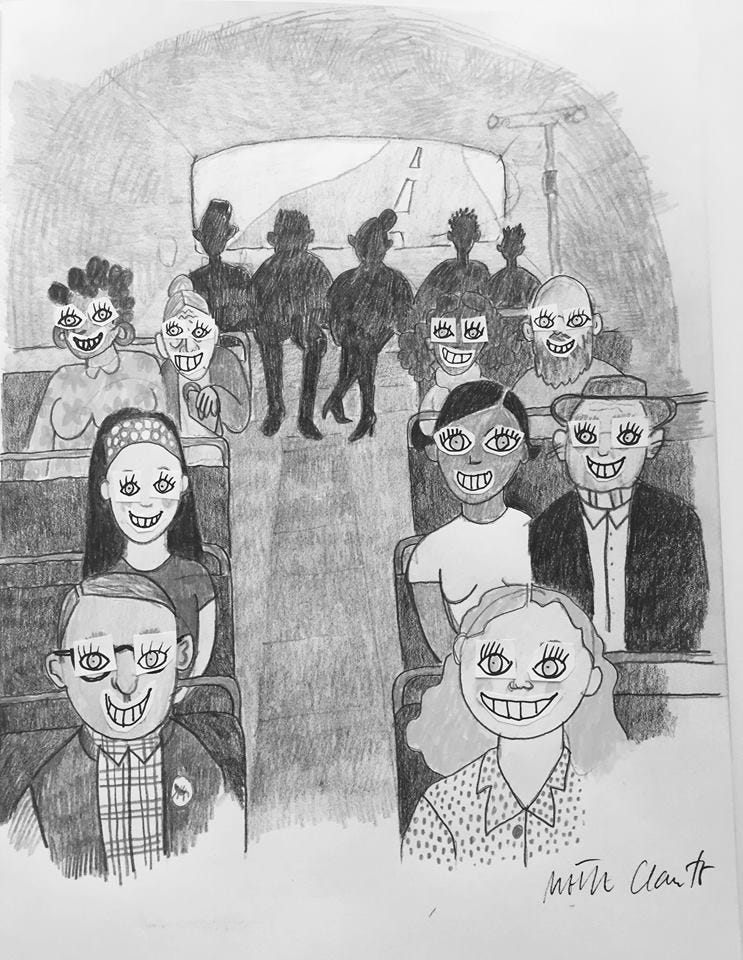Other(ing) People’s Children: Social Mothering, Schooling, and Race in Late Nineteenth Century New Orleans and San FranciscoPosted in Articles, Asian Diaspora, Campus Life, Economics, History, Louisiana, Media Archive, Passing, Social Science, United States, Women on 2019-01-05 20:01Z by Steven |
Race, Gender & Class
Volume 21, No. 3/4, RGC Intersectionalilty, Race, Gender, Class, Health, Justice Issues (2014)
pages 138-155
Joseph O. Jewell, Associate Professor of Sociology
Texas A&M University
Social mothering—women’s carework in the public sphere—played an important role in whites’ responses to racial minorities’ claims to middle-class mobility and identity in the late nineteenth century. In New Orleans and San Francisco, two cities where racial minorities used public education to achieve and reproduce middle-class position, white women principals were central figures in struggles over schooling that contributed to the de jure segregation of black and Asian children. I analyze two historical cases to show how racialized constructions of social mothering helped to maintain links between race and class. In both incidents, public opinion held white professional women responsible for ensuring the racial purity of white children’s public spaces and social identities. I argue that analyses of the race-class intersection should more carefully consider how the economic domination of racial minorities is maintained through various gendered forms of reproductive labor.
Read the entire article here.





